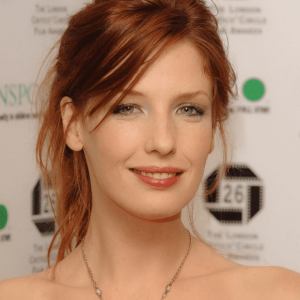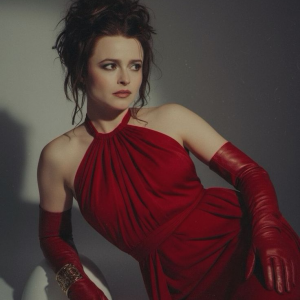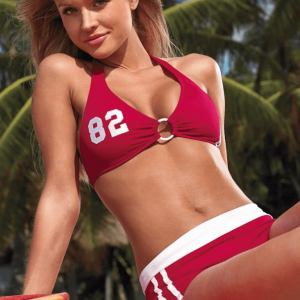YouTube has become synonymous with video sharing, creativity, and entertainment, but have you ever wondered what the “Tube” in YouTube really means? The name itself holds a unique connection to traditional television, reflecting the platform’s roots and the way it revolutionized how we consume video content online. Let’s explore the fascinating story behind the name “YouTube” and the meaning behind “Tube.”
The Origin of YouTube: A Revolution in Video Sharing

Launched in 2005 by former PayPal employees Chad Hurley, Steve Chen, and Jawed Karim, YouTube transformed the internet by providing a platform where users could easily upload, share, and watch videos. The name “YouTube” wasn’t just a random choice—it held deeper meaning, one that aligned perfectly with the platform’s goal of democratizing content creation and distribution.
The creators wanted a name that represented the concept of user-generated content, while also drawing parallels to a familiar medium that everyone was accustomed to: television. This is where the “Tube” part comes in, linking YouTube to the television era.
What Does “You” in YouTube Represent?
Let’s start with the “You.” The “You” in YouTube is a nod to the platform’s user-centric philosophy. YouTube was designed for people to upload their own content, share personal experiences, and showcase their creativity to the world. Before YouTube, video distribution was primarily controlled by major networks and production studios, but YouTube shifted that power dynamic by putting control directly into the hands of individuals.
By emphasizing the “You,” YouTube highlights its core mission: giving every person a voice and creating a space where anyone can share their perspective. It’s a platform built by users, for users, encouraging active participation and engagement.
What Does “Tube” in YouTube Actually Mean?
Now, let’s dive into the meaning of “Tube.” This part of the name has a historical reference. Back in the day, televisions were often referred to as “tube TVs” because they used cathode ray tubes (CRTs) for their displays. The term “tube” became a colloquial nickname for television, especially in the mid-20th century when tube-based TV sets were commonplace in homes across the world.
By including “Tube” in the platform’s name, the creators of YouTube cleverly linked it to the idea of television—bringing traditional TV experiences into the digital age, but with a crucial twist. YouTube wasn’t just about passive viewing like conventional TV; it was about users actively participating in content creation and sharing. The platform enabled everyone to be both a creator and a consumer, blurring the lines between entertainment and personal expression.
How YouTube Brought TV to the Digital World
YouTube’s inclusion of “Tube” in its name encapsulates its role as an online version of television. However, instead of being limited to major broadcasting networks, the platform democratized video content. Viewers became creators, sharing everything from home videos and vlogs to professional-quality productions.

The idea behind YouTube was revolutionary. In the same way that TV had been the dominant form of entertainment for decades, YouTube sought to be the next step in the evolution of video consumption, allowing anyone with internet access to broadcast their message, talents, or interests to a global audience. This blend of television’s universal appeal and the internet’s interactive power is what made YouTube such a game-changer.
Why the “Tube” Still Resonates Today
Even though modern television sets no longer rely on cathode ray tubes, the concept of “Tube” in YouTube remains relevant. The platform has evolved far beyond its original scope but still serves the same purpose—connecting people through video, much like how TV used to be a central source of information and entertainment. YouTube redefined how we engage with content, offering on-demand access, user interaction, and the opportunity for anyone to become a creator.
The “Tube” in YouTube reminds us of its origins in television while also emphasizing the innovation that allows it to surpass traditional TV’s limitations. It’s a fitting name that encapsulates both the history and future of media consumption.
A Platform for the People: The Power of YouTube

The combination of “You” and “Tube” speaks to the heart of YouTube’s mission: giving the power to the people. It’s a place where you can showcase your creativity, teach a skill, document life, or even launch a career. Many prominent YouTubers have made their fame by simply uploading videos from their bedrooms—something unthinkable in the pre-YouTube era.
This focus on user-generated content is what sets YouTube apart from traditional media outlets. Instead of top-down content distribution controlled by networks, YouTube allows individuals to produce, distribute, and engage with an audience directly. The concept of the “Tube” has expanded to become a more interactive, diverse, and globalized version of the TV experience.
YouTube’s Global Impact: From Television to Internet Stardom

Since its launch, YouTube has grown into one of the most influential platforms in the world, transcending its origins as a simple video-sharing site. It is now a cultural and economic powerhouse, boasting billions of users and content creators worldwide. Major celebrities, politicians, brands, and organizations all use YouTube to connect with their audience, reflecting the platform’s reach and significance.
YouTube also gave rise to an entirely new profession: the YouTuber. Content creators can now monetize their videos, build their own brands, and reach global audiences—all from the comfort of their homes. The “Tube” may have started as a reference to TV, but today, it symbolizes much more: the limitless potential of digital media.
Conclusion: The Meaning Behind “Tube” in YouTube
The “Tube” in YouTube is more than just a reference to old-school television technology—it represents the platform’s bold vision to bring the world of entertainment, education, and connection into the digital era. By fusing the personal with the professional, the “You” and “Tube” combination speaks to the platform’s unique role in modern media: a space for creativity, community, and communication that is open to all.
Next time you click on a YouTube video, remember the origins of its name and how it revolutionized video-sharing. In a way, it’s still “television,” but better—it’s a stage where the spotlight is on you.


